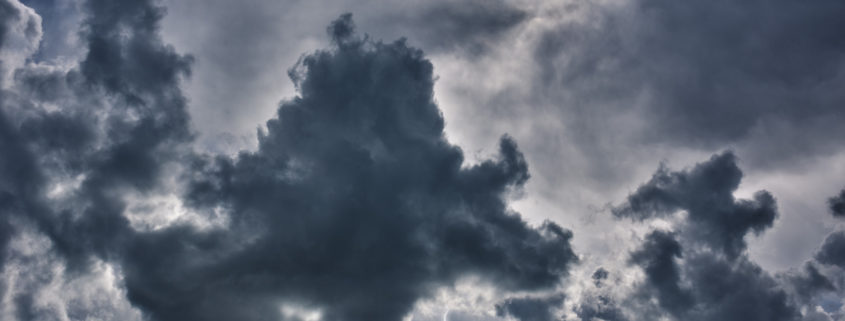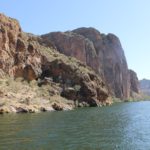Summer Monsoon Safety Tips
If you’re new to Arizona, you may be wondering what people are talking about when they refer to the “monsoon”. The term “monsoon” comes from the Arabic “mausim” meaning “season.” In Arizona, monsoon is used to refer to our summer season of high temperatures, high winds, and occasionally severe thunderstorms. Often, the more severe storms begin with towering walls of dust hundreds of feet high that move across the Valley. These dust wall are known as “haboobs,” an Arabic term for the similar walls of dust that are common in the Middle East. With the dust comes high winds, typically followed by heavy rains. Sometimes, the thunderstorms can result in microbursts, which are the result of cold, dense air from a thunderstorm hitting the ground, bringing with it intense winds. These winds spread out in all directions and have the potential to cause intense damage.
When is Arizona’s monsoon? Before 2008, the monsoon’s start date and duration varied based on the dew point average. To reduce confusion, the National Weather Service decided to set dates. The monsoon season now officially begins on June 15th and ends on September 30th.
Monsoon Safety Tips:
-Drive cautiously even if your visibility is not greatly reduced, especially at the beginning of a storm when oils and other automotive fluids can make the road unusually slick.
-If you feel like conditions are not safe enough to continue driving, slowly pull off the side of the road as far right as you can, turn off your car, turn off your lights, and keep your foot off the brake pedal. Otherwise, drivers might come up behind you and, thinking you are still in motion, rear end your vehicle.
-If you are outside, stay away from open fields, trees, poles, and other tall objects to avoid being struck by lightning. Also important to avoid swimming pools and golf clubs.
-If you have a landline, do not use it to avoid getting a shock from a nearby lightning strike. Instead use your cell phone, but even this should be minimized to keep lines open for emergencies.
-Avoid plumbing fixtures, including showers, baths, and sinks, since lightning can travel through metal pipes.
-Stay away from windows, which can be struck by blowing debris. It’s not uncommon for the high winds of a microburst to blow around large objects and for large trees to fall down.
Monsoon home shopping tip: When home shopping during or after a rain storm, inspect the ceilings for possible leaks and outside for possible flooding areas. These problems can typically be easily resolved during the inspection period and best to be remedied before closing.




